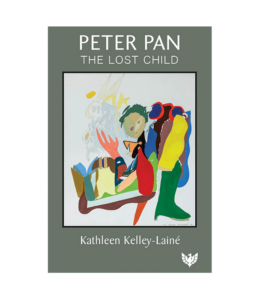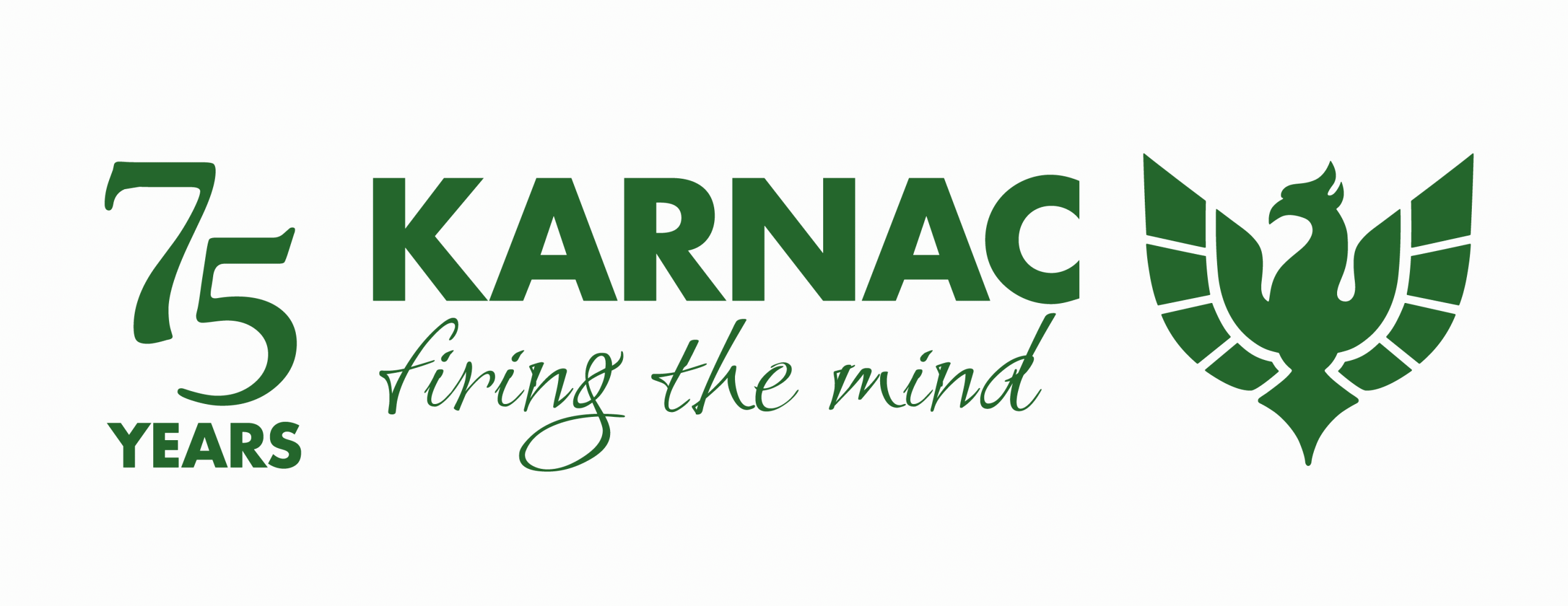 Kathleen Kelley-Lainé is a trilingual psychoanalyst working in private practice (English, French and Hungarian). She is an active member of the Société Psychanalytique de Paris, the European Psychoanalytical Federation, the International Psychoanalytical Association, and the International Sándor Ferenczi Society. She is internationally known for her many conferences, published articles in psychoanalytical journals, and books.
Kathleen Kelley-Lainé is a trilingual psychoanalyst working in private practice (English, French and Hungarian). She is an active member of the Société Psychanalytique de Paris, the European Psychoanalytical Federation, the International Psychoanalytical Association, and the International Sándor Ferenczi Society. She is internationally known for her many conferences, published articles in psychoanalytical journals, and books.
Here, she discusses the motivations behind her book Peter Pan, the Lost Child, a new English translation of her French 1992 bestseller Peter Pan ou l’enfant triste.
When psychoanalysts write books, the first question one needs to ask is “why”, then “how” and finally “for whom”. The adventure that I am about to share with you is my own inadvertent discovery of the full significance of writing as an analyst and its influence on the outcomes of the therapeutic process.
It was quite unexpected that my clinical presentation of a “lost child” would lead to writing a book about Peter Pan. By chance I was reading James Matthew Barrie’s famous work to my young son while preparing a clinical presentation of a patient, who had replaced a dead brother. Although I had the memory of the colourful illustrated book of my own childhood, I suddenly heard the cries of a sad child behind the ‘gay, innocent and heartless’ figure of Peter Pan. I decided to use the story as a metaphor to underline the unconscious dynamics of my patient: the sad, lost boy who refuses to grow up. My mind was ‘fired’, and I began researching the life of the author and was amazed to find that J. M. Barrie had also replaced a ‘dead child’!
The use of the Peter Pan metaphor in a clinical presentation interested many of my colleagues, notably one who was working with Calmann-Levy Publisher on psychoanalytical books for the general public. He proposed that I write a book on what I had just presented. I surprised myself by saying ‘yes’ immediately with the title Peter Pan ou l’enfant triste (‘Peter Pan the Sad Child’). He added that it could be ‘personal’. The word began to haunt me and I had to ask myself the inevitable question: ‘why am I so interested in Peter Pan?’
I discovered how Peter Pan enabled J. M. Barrie to mourn his own unhappy childhood, but I ignored the fact that this adventure would also permit me to cry at last. It is most probable that my embarking on this personal adventure quite unconsciously in the beginning was stimulated by my encounter with Barrie’s own use of ‘metaphorisation’, transferring his ‘lost childhood’ onto the story of Peter Pan. Although I had experienced many years of personal analysis, the process of writing, finding new metaphors for old childhood wounds, became an intense dynamic of transformation. Just as Barrie had invited me to join him in this process of narration, metaphor and deeper insight, so I invited the reader to do the same.
My motives for exploring Peter Pan’s sadness and for analysing J. M. Barrie’s were an unconscious attempt to search for my own unconscious truth. It is probably easier to look at one’s own life history through that of another than to do it directly. This enterprise has lasted many years, probably due to the amount of time it has taken to construct my defences. The road has not been straight. The story of Peter Pan intertwines with that of James Barrie; the story of Peter Pan mixes with my own.
I hope that you the reader, in turn, will accept being carried away by the movement of your own images and thus be able to discover your own internal truth.
Kathleen Kelley-Lainé
Peter Pan, the Lost Child is available from our website now.

